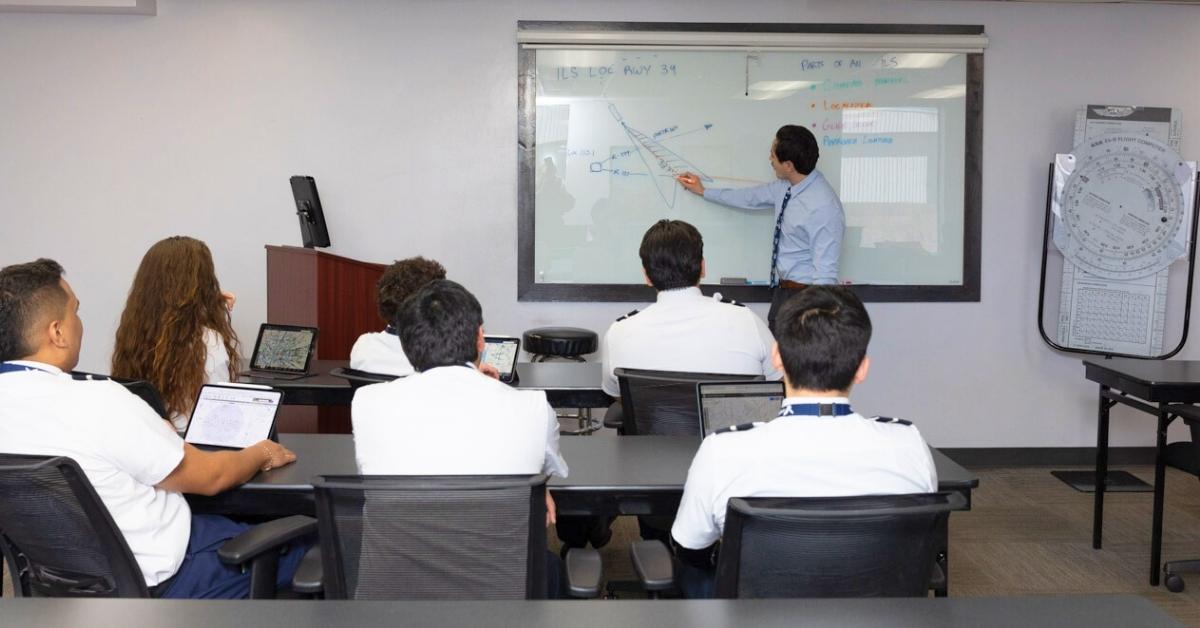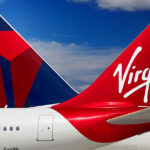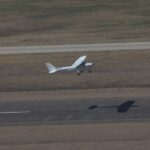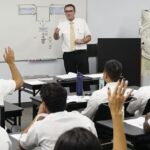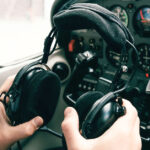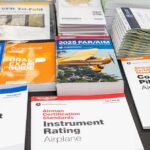By Mike Bliss
The FAA grants pilot certification under two separate regulations: FAR Part 61 and FAR Part 141. Both result in the same types of pilot certificates, but they differ in structure, required hours, flexibility, and cost.
Any current Certified Flight Instructor (CFI) can train students under Part 61, whether the instructor is operating independently or as part of a local flight school. Most often in this kind of training, there is no formal syllabus, only what the instructor deems appropriate for each lesson. Under Part 61, the instructor typically authorizes the student to prepare for the written exam through self-study. Likewise, there is often little pre-flight ground instruction.
While that flexibility may sometimes be helpful, it usually leads to more total flight hours and, therefore, more expenses due to the inconsistent nature of the training.
Surprisingly, another potential drawback is working with a single instructor. While this may seem ideal, it means training is limited to that instructor’s availability. If the instructor has a heavy student load, becomes sick, takes a vacation, or leaves for an airline job after reaching their required hours, the student is left needing to find a new instructor to complete the program.
Under Part 141, the FAA inspects and approves every aspect of the flight training program to ensure it meets the highest standards. This approval includes the training facility itself, the aircraft and maintenance program, and the training syllabus for each course. In addition, each flight instructor must undergo additional training to teach in the 141 program and can only provide instruction after passing a 141 checkride. The FAA also regularly visits the school, reviewing student training records and maintenance logs to verify compliance with approved procedures.
Because of this scrutiny, students at approved schools can be certified in fewer flight hours. This is particularly advantageous for those pursuing a Commercial Pilot certificate, which can be accomplished in 190 hours instead of the 250 hours required under Part 61 training. This 60-hour difference represents significant savings in both time and money.
Approved schools often offer additional benefits. Since all instructors follow the exact same detailed training syllabus and student progress is closely tracked, students can train with a small team of instructors. This increases scheduling flexibility and allows students to benefit from the varied experience and teaching styles of their instructor team.
Many approved schools also incorporate Flight Training Devices (FTD) into their training programs. As proven by the airlines and the military, these devices save time and money. The aircraft cockpit is not always the best place to learn new procedures. Unlike a real airplane, the FTD can be paused mid-flight so the instructor can discuss how to correct an error or clarify a misunderstanding.
Another major difference with 141 training is the inclusion of a structured ground school syllabus. Instructors and students work through it together to ensure mastery of the material on the written exam. Pre- and post-flight instruction is also included to prepare for and debrief each flight. At American Flyers, this process follows a three-step approach: first, the student learns how to perform each required procedure on the ground; second, they practice it in the FTD; and third, they perform it in the airplane. This progression ensures that every flight is as productive as possible.
One major factor often overlooked in the Part 61 vs Part 141 discussion is that a 141 school can offer both options, depending on what is best for the student. For example, if a student comes to a 141 school with a significant amount of previous training, they don’t need to start the full 141 program from scratch. After an evaluation flight, they can resume training at the appropriate point in the syllabus and be certified under FAR Part 61. This allows them to benefit from the same structured syllabus, ground instruction, FAA-approved instructors, aircraft, and FTDs as 141 students. In other words, taking advantage of the best of both worlds.
By calling an American Flyers admission specialist, you can determine which program is best for you.




